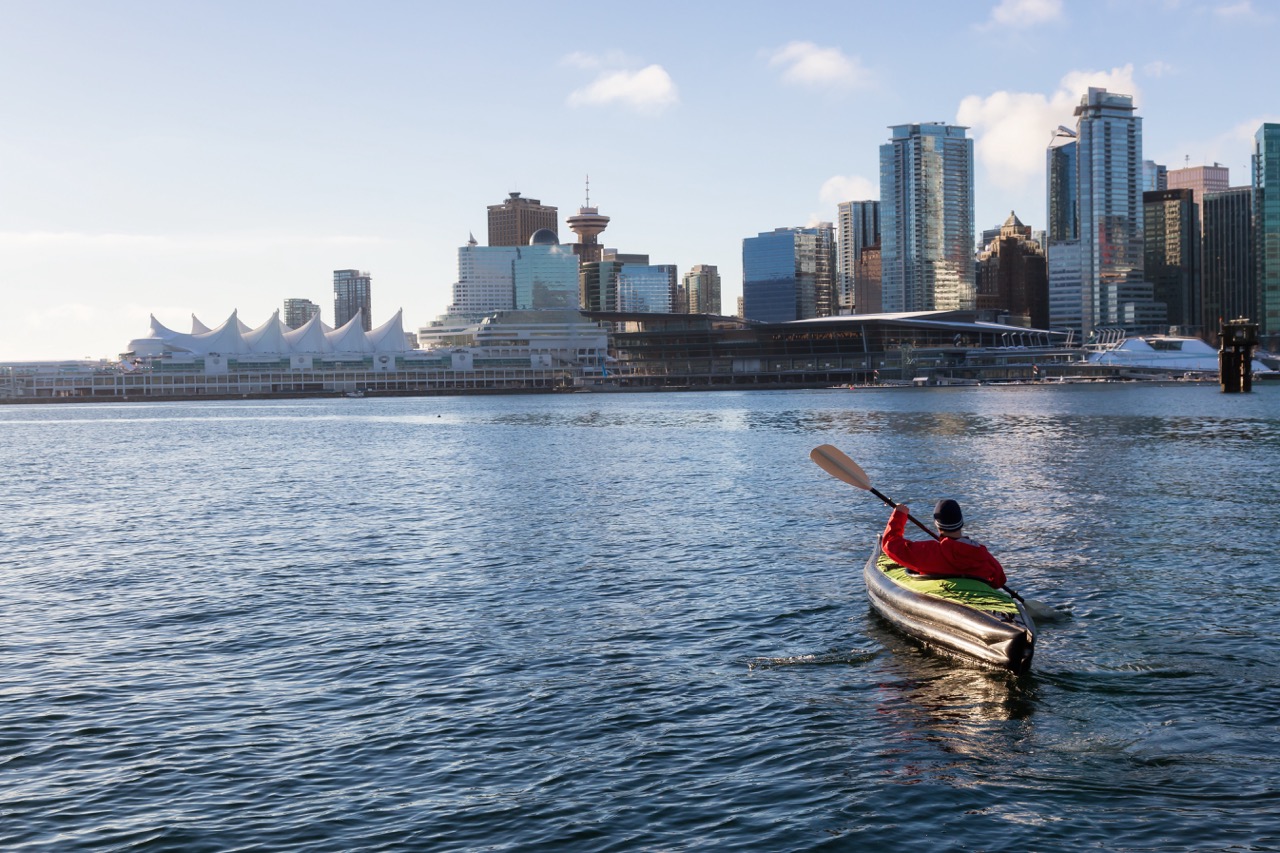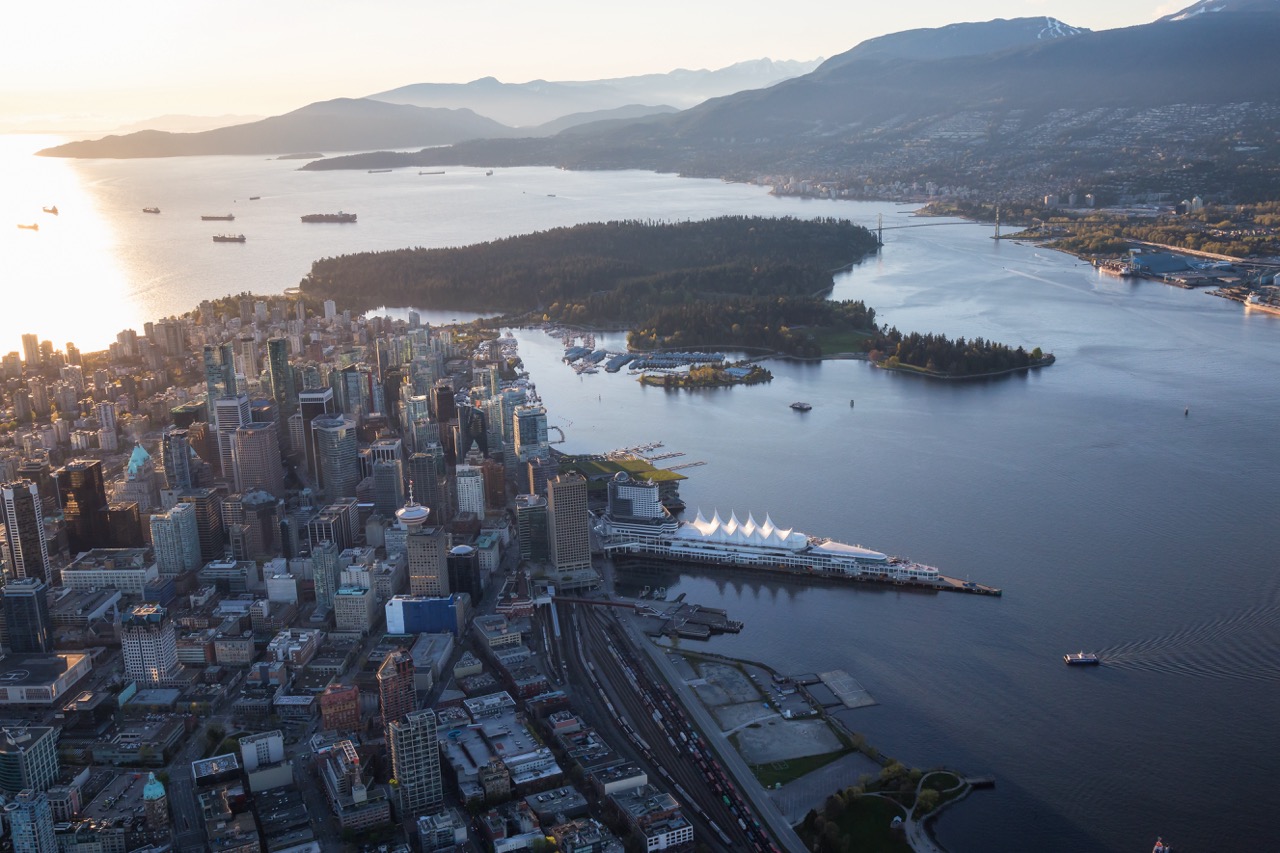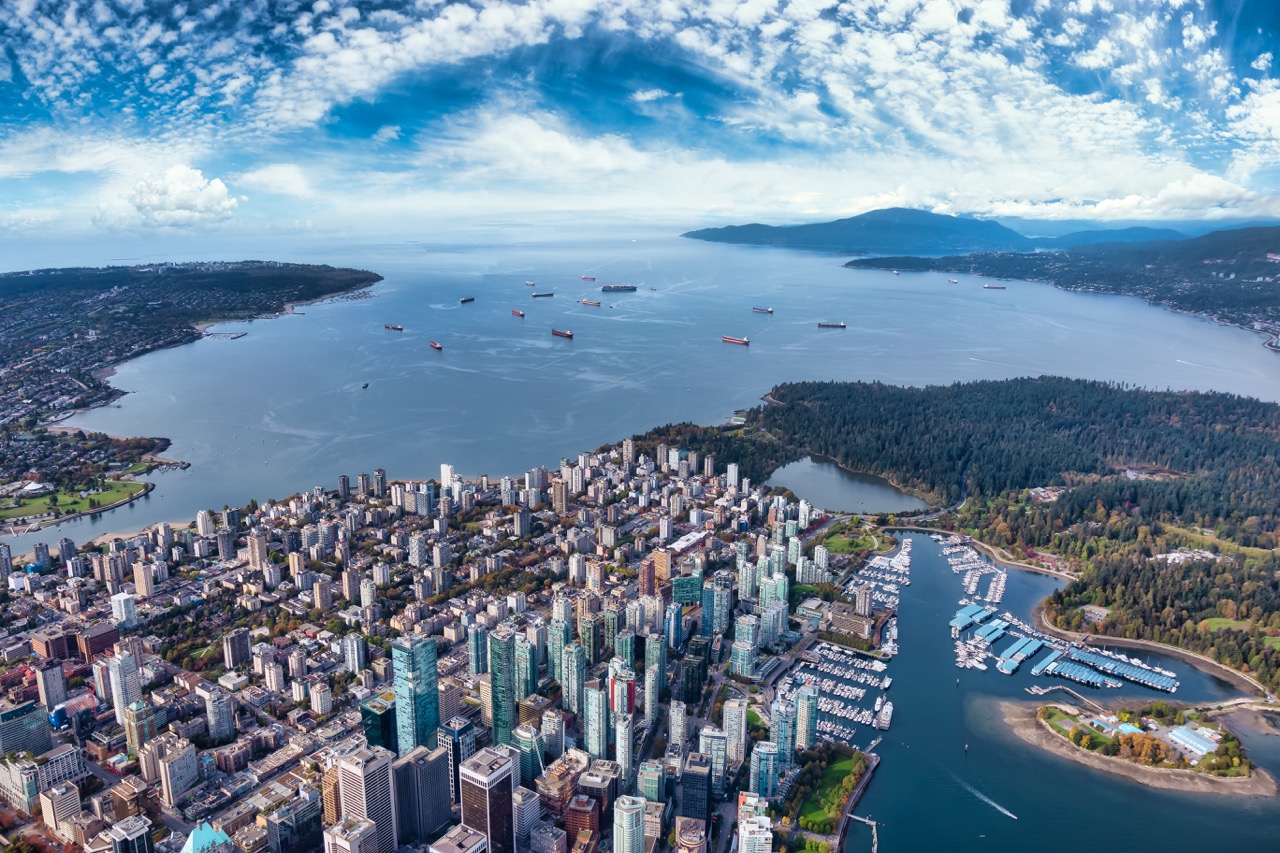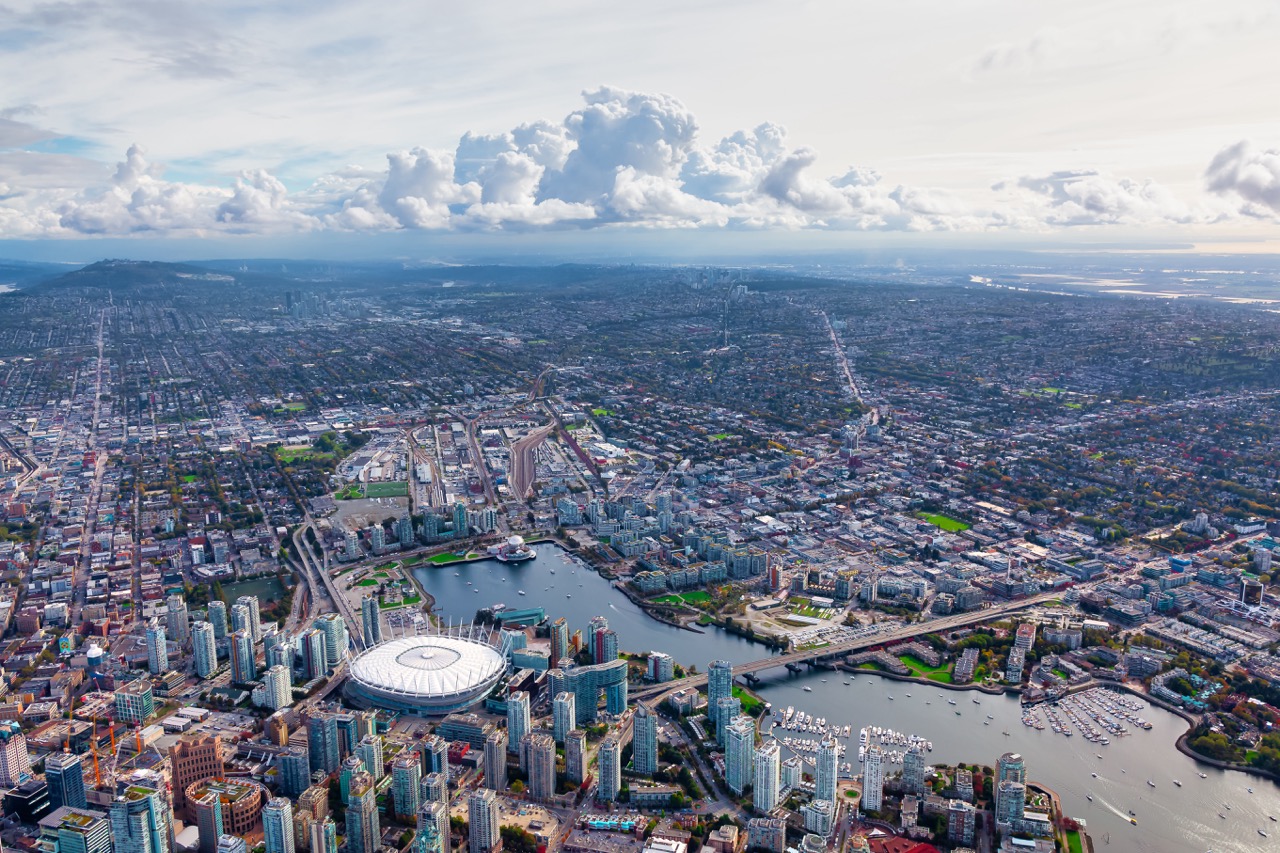British Columbia (BC) is home to a rich tapestry of Indigenous cultures, each with its own unique traditions, languages, and histories. The Indigenous peoples of BC, including the Coast Salish, Haida, Nuu-chah-nulth, and many others, have lived in harmony with the land for thousands of years, developing deep connections to their environment and establishing intricate social structures. As modern society increasingly recognizes the importance of Indigenous heritage, it is critical to evaluate the historical significance of these cultures, the current challenges they face, and the collaborative efforts being made to ensure their continued vitality.
The Historical Significance of Indigenous Cultures in BC
The Indigenous cultures in British Columbia are some of the oldest in North America, with evidence of habitation dating back over 10,000 years. These cultures have developed rich oral traditions, art forms, and social systems that are deeply intertwined with the natural landscape. Traditional ecological knowledge, passed down through generations, has guided sustainable practices that fostered biodiversity and environmental stewardship long before contemporary conservation efforts emerged. The historical significance of these cultures is reflected in their languages, stories, and the land-use practices that have sustained their communities.
Indigenous peoples have faced numerous challenges throughout history, including colonization, forced assimilation, and the suppression of their languages and traditions. The imposition of treaties, residential schools, and the loss of land have critically impacted Indigenous ways of life and cultural continuity. However, resilient Indigenous communities have fought to reclaim their rights, restore their languages, and revitalize their cultural practices. The historical narratives and experiences of Indigenous peoples are essential for understanding contemporary society in BC, shaping discussions around identity, reconciliation, and social justice.
Today, Indigenous culture is increasingly recognized not only as a vital aspect of BC’s identity but also as an essential component of Canada’s national heritage. The historical significance of these cultures serves as a foundation for contemporary Indigenous movements that seek acknowledgment, respect, and revitalization of Indigenous rights and traditions. Understanding this history is crucial for fostering reconciliation and promoting equitable relationships between Indigenous and non-Indigenous communities in BC.
Current Challenges Facing Indigenous Heritage Preservation
Despite the rich historical significance of Indigenous cultures in BC, there are ongoing challenges to the preservation of Indigenous heritage. Many Indigenous languages are endangered, with fewer speakers each year and a lack of resources for language revitalization. The loss of language directly impacts the transmission of culture, traditional knowledge, and identity among younger generations. Efforts to preserve these languages face systemic barriers, including limited funding, inadequate educational resources, and the ongoing effects of colonization that have historically devalued Indigenous languages.
In addition to language loss, the preservation of cultural practices and traditional knowledge is threatened by modernization, urbanization, and climate change. As Indigenous peoples adapt to contemporary life, traditional skills, such as hunting, fishing, and gathering, are often sidelined. The impacts of climate change further exacerbate these challenges, disrupting ecosystems that Indigenous communities rely on for sustenance and cultural practices. The limitations imposed by external factors underscore the importance of community-led initiatives that emphasize the cultural significance of traditional practices.
Moreover, Indigenous heritage is often vulnerable to commercial exploitation and misrepresentation in tourism. Many Indigenous communities struggle to control how their cultures are portrayed and commodified, leading to concerns about cultural appropriation and misinterpretation. This dynamic raises questions about ownership, authenticity, and respect for Indigenous knowledge and traditions, highlighting the need for ethical engagement and collaboration in the preservation of Indigenous heritage.
The Role of Language in Indigenous Cultural Identity
Language plays a vital role in shaping Indigenous cultural identity in BC. It is not merely a tool for communication; rather, it embodies the worldview, history, and values of a community. For many Indigenous peoples, language is intrinsically linked to their connection to the land, their spiritual beliefs, and their social structures. The revitalization of Indigenous languages is crucial for preserving cultural identity and fostering a sense of belonging among community members, particularly younger generations who may be distanced from their heritage.
Efforts to revive and maintain Indigenous languages have gained momentum in recent years, with various initiatives aimed at teaching and promoting language learning at different levels. Community-driven language programs, immersion schools, and the incorporation of technology in language preservation efforts have provided new avenues for engagement. These initiatives not only enhance linguistic proficiency but also strengthen cultural identity by instilling pride and fostering intergenerational connections among community members.
However, language revitalization is not without its challenges. The lack of fluent speakers, resources, and institutional support can impede the effectiveness of language programs. Additionally, the effects of historical trauma and colonization continue to complicate the relationship between Indigenous peoples and their languages. Addressing these challenges requires a multi-faceted approach that includes educational support, community engagement, and policy changes that recognize the importance of Indigenous languages as vital components of cultural identity.
Impact of Tourism on Indigenous Communities and Heritage
Tourism presents both opportunities and challenges for Indigenous communities in BC. On one hand, it can provide economic benefits and a platform for sharing Indigenous culture with a broader audience. Many Indigenous communities have developed tourism initiatives that showcase their traditions, art, and natural environments, allowing visitors to engage with their heritage in meaningful ways. These ventures often emphasize cultural education and respect, fostering understanding among tourists about the rich history and contemporary issues facing Indigenous peoples.
On the other hand, the commercialization of Indigenous culture raises concerns about authenticity and the potential for cultural appropriation. When tourism is not managed ethically, it can lead to the commodification of sacred traditions and rituals, diminishing their cultural significance. Many Indigenous communities are wary of how their culture is presented and interpreted in the tourism industry, leading to a desire for greater control over the representation of their heritage. This tension highlights the need for collaboration between Indigenous communities and tourism stakeholders to create responsible and respectful tourism practices.
Additionally, the environmental impact of tourism can strain Indigenous lands and resources, further complicating the relationship between communities and outside visitors. Increased foot traffic, litter, and resource extraction can disrupt ecosystems that are vital to Indigenous ways of life and cultural practices. Sustainable tourism practices that prioritize the well-being of Indigenous communities and the preservation of their heritage are essential to mitigating these impacts and ensuring that tourism contributes positively to cultural resilience.
Celebrating Indigenous Arts: A Reflection of Cultural Values
Indigenous arts in BC serve as a powerful reflection of cultural values, beliefs, and histories. From traditional carving and weaving to contemporary visual art and performance, Indigenous artists draw upon their heritage to create works that resonate with both their communities and the broader public. These art forms are not only aesthetically significant but also serve as vehicles for storytelling, cultural expression, and the preservation of traditional knowledge. The celebration of Indigenous arts fosters pride within communities and raises awareness about the rich diversity of Indigenous cultures.
Art festivals, galleries, and community exhibitions play a vital role in promoting Indigenous artists and showcasing their work. Events such as the Vancouver Indigenous Fashion Week and the Talking Stick Festival highlight the creativity and innovation of Indigenous artists, providing platforms for dialogue and engagement. These spaces encourage cross-cultural exchange and understanding, allowing non-Indigenous audiences to appreciate the depth and richness of Indigenous artistic traditions. By celebrating Indigenous arts, communities can challenge stereotypes and misconceptions about Indigenous culture, fostering a more inclusive society.
Despite the importance of Indigenous arts, artists often face systemic barriers, including underfunding, limited access to markets, and challenges in gaining recognition within the broader art world. Efforts to support Indigenous artists through grants, mentorship programs, and partnerships with institutions are essential for ensuring their voices are heard and their work is valued. By investing in Indigenous arts, society can not only preserve cultural heritage but also create opportunities for economic development and empowerment within Indigenous communities.
Collaborative Efforts for Revitalizing Indigenous Traditions
In recent years, there has been a growing recognition of the importance of collaborative efforts to revitalize Indigenous traditions in BC. Educational institutions, government agencies, and Indigenous organizations are increasingly working together to create programs that support cultural revitalization and ensure the transmission of traditional knowledge. These collaborations emphasize the value of Indigenous perspectives and practices, fostering partnerships that respect and prioritize Indigenous ways of knowing.
One successful example of this collaboration is the establishment of cultural camps and workshops that bring together elders, community members, and youth to learn traditional skills and practices. These initiatives create spaces for intergenerational knowledge transfer, empowering young people to connect with their heritage and strengthening community bonds. By involving the community in these efforts, participants not only gain practical skills but also deepen their understanding of the cultural significance behind these practices.
Furthermore, policy frameworks that support Indigenous self-determination and governance are essential for revitalizing Indigenous traditions. By recognizing Indigenous rights and the importance of cultural heritage, governments can facilitate initiatives that empower Indigenous communities in their efforts to reclaim and revitalize their traditions. Collaborative efforts that prioritize Indigenous voices and leadership are critical for fostering an environment where cultural heritage can thrive and evolve in a contemporary context.
The Indigenous cultures and heritage of British Columbia hold immense historical significance, characterized by resilience in the face of ongoing challenges. While language, arts, and community initiatives play essential roles in cultural identity and continuity, it is crucial to recognize the external factors that can impact these traditions. By fostering collaborative efforts that prioritize Indigenous knowledge and perspectives, BC can work towards a more inclusive and respectful understanding of its Indigenous heritage, contributing to a future where these rich cultures continue to thrive.





